This list is lifted from thethe supercars website. It would be interesting if such configuration would be affordable to the masses in the Philippines.
Best Gas Mileage Cars - Top 10 List:
1. Toyota Prius: 48 City/45 Hwy, Base Price: $21,100. 1.5-liter, 16-Valve VVT-i 4-Cylinder engine with 110 hp, 0-60 in 9.8 secs. The most fuel efficient car on the market is the Toyota Prius, also the most demanding car in the U.S. Most dealers will charge you an extra $2000 for this car because it is rare and Toyota just doesn’t make enough of it yet. A small sedan, but roomy enough for 5 and it is perfect for those that drive over 100 miles a day to work.
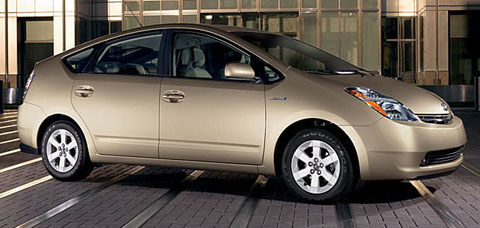 2. Honda Civic Hybrid
2. Honda Civic Hybrid: 40 City/45 Hwy, Base Price: $22,600. 1.3-liter, 8-Valve, SOHC, i-VTEC® 4-Cylinder engine with 110 hp, 0-60 in 11.3 secs. Second on the list is a Honda Civic Hybrid, perfect for those Honda's fans that hate the Toyota Prius. 5 seats sedan with an electric motors, allowing you to save money on gasoline.
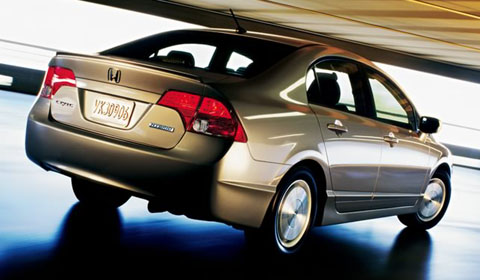 3. Smart for Two
3. Smart for Two: 33 City/41 Hwy, Base Price: $11,590. 1.0-liter 3-cylinder runs on high-priced premium fuel with only 70 hp. Small, affordable 2-seat car that has a small engine, capable of saving you a lot of money.
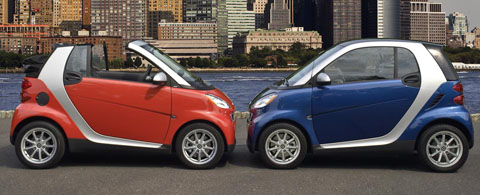 4. Volkswagen Jetta TDI
4. Volkswagen Jetta TDI: 29 City/40 Hwy, Base Price: $20,000.
2.0-liter, 4-Cylinder diesel engine with 140 hp. Run on clean diesel and it is expected to hit the U.S. market by August 2008; the 2009 VW Jetta TDI actual performances may vary.
 5. Nissan Altima Hybrid:
5. Nissan Altima Hybrid: 35 City/33 Hwy, Base Price: $25,170. 2.5-liter, 4-cylinder gas engine with 158 horsepower. A midsize sedan made for the Nissan lovers; a bit sportier than most hybrids.
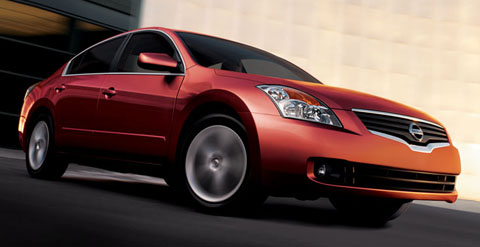 6. Toyota Camry Hybrid
6. Toyota Camry Hybrid: 33 City/34 Hwy, Base Price: $25,350. 2.4-liter, 4-cylinder with 192-horsepower, reaching 0-60 in 8.9 secs. If you love the original Camry, then you should try the Camry Hybrid because it has better fuel economy and it can be a big saver after a few years.
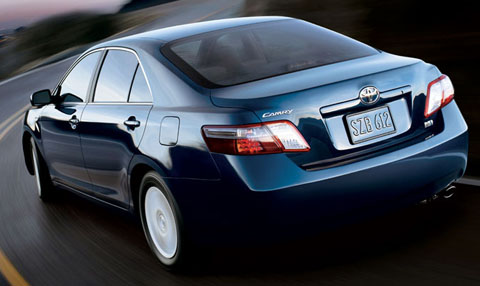 7. Ford Escape Hybrid
7. Ford Escape Hybrid (tie): 34 City/30 Hwy, Base Price: $26,640. 2.3-liter, 4-cylinder with 155 hp. Along with 2 other SUV, The Ford Escape Hybrid is the most fuel efficient SUV in the world.
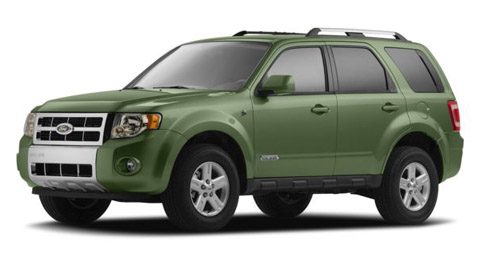 Mazda Tribute Hybrid
Mazda Tribute Hybrid (tie): 34 City/30 Hwy, Base Prices: $25,310 . 2.3-liter, 4-cylinder with 155 horsepower. If you want an SUV that can save you money on gasoline, why not get this Mazda?
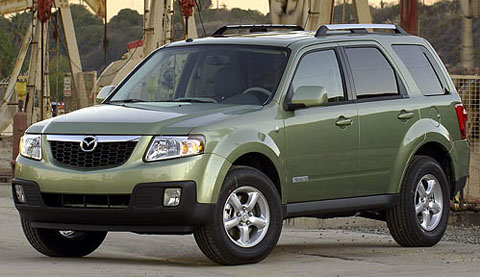 Mercury Mariner Hybrid
Mercury Mariner Hybrid (tie)
: 34 City/30 Hwy, Base Price: $26,955 . 2.3-liter, 4-cylinder and 155 horsepower. A small SUV that can be a little pricey, but it will make up for it cost in the long run.
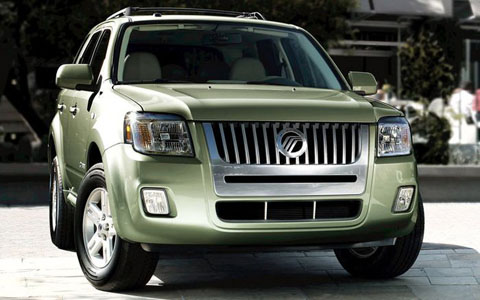 8. Toyota Yaris vs Toyota Corolla.
8. Toyota Yaris vs Toyota Corolla. Which Toyota vehicle would you rather own? The Yaris is definitely a better buy, but it is smaller than the average sedan and it functionality is very limited.
Toyota Yaris: 29 City/35 Hwy, Base Price: $11,350.
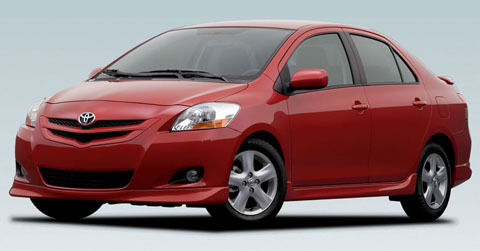 Toyota Corolla
Toyota Corolla: 28 City/37 Hwy, Base Price: $15,250.
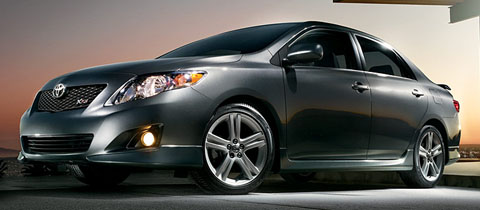 9. Mini Cooper
9. Mini Cooper: 28 City/37 Hwy, Base Price: $18,700. Engines: 118hp 1.6 L I4. A small vehicle that can also be purchased as a convertible.
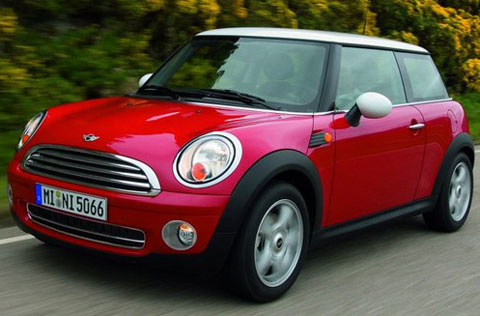 10. Honda Fit vs Ford Focus vs Honda Civic.
10. Honda Fit vs Ford Focus vs Honda Civic. Which do you prefer out of these 3 cars? All 3 cars are under $16,000 and they will get you around 30-miles per gallon of gas.
Honda Fit: 28 City/34 Hwy, Base Price: $13,950.
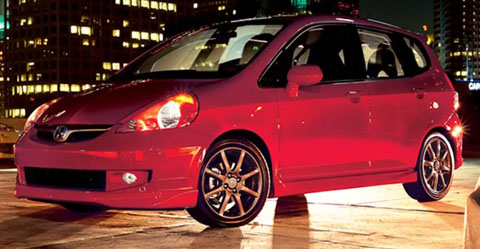 Ford Focus:
Ford Focus: 24 City/35 Hwy, Base Price: $14,395
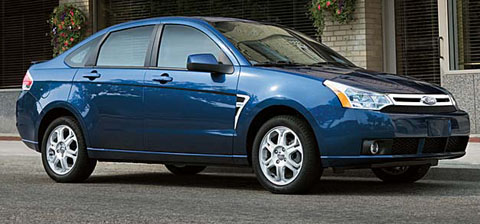 Honda Civic:
Honda Civic: 26 City/34 Hwy, Base Price: $15,010
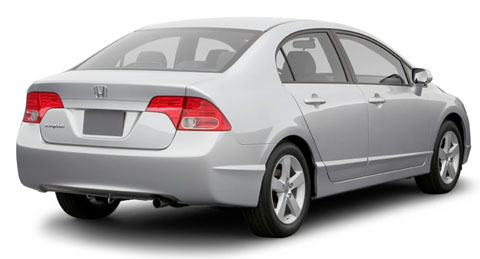 Special Car - Honda Civic GX
Special Car - Honda Civic GX (run on natural gas)
: 24 City/36 Hwy, Base Price: $24, 590. 113-hp, 1.8-Liter, 16-Valve, SOHC i-VTEC® 4-cylinder engine. This is probably the most fuel efficient car because natural gasoline costs less than $1.00 a gallon. However, this isn't on the top 10 list because it is currently only available in NY and CA and it is very limited. You probably won't find a natural gas pump at your regular gas station, that is why Honda sells an at home pump you can plug into your home's natural gas line. A full tank (8 gallons) can travels approximately 170 miles and fueling stations are very limited; make sure to plan your trip correctly if you own a Civic GX.

















